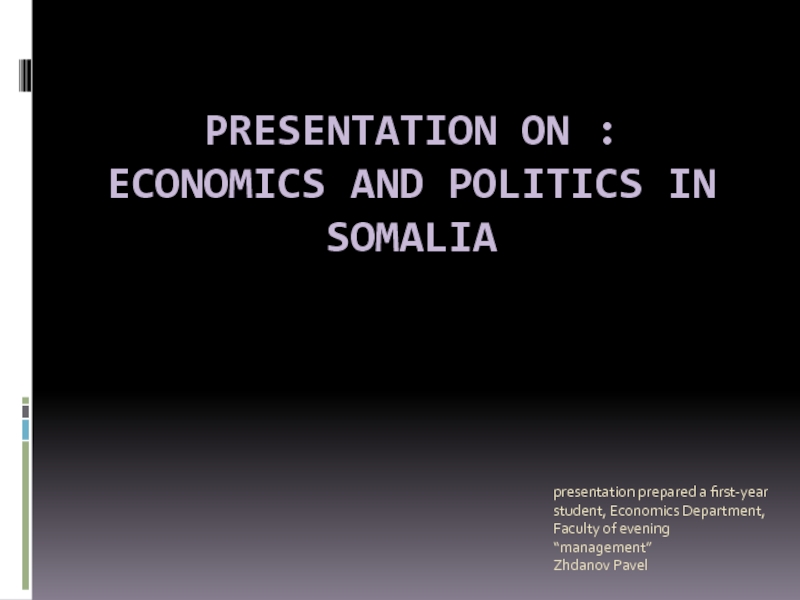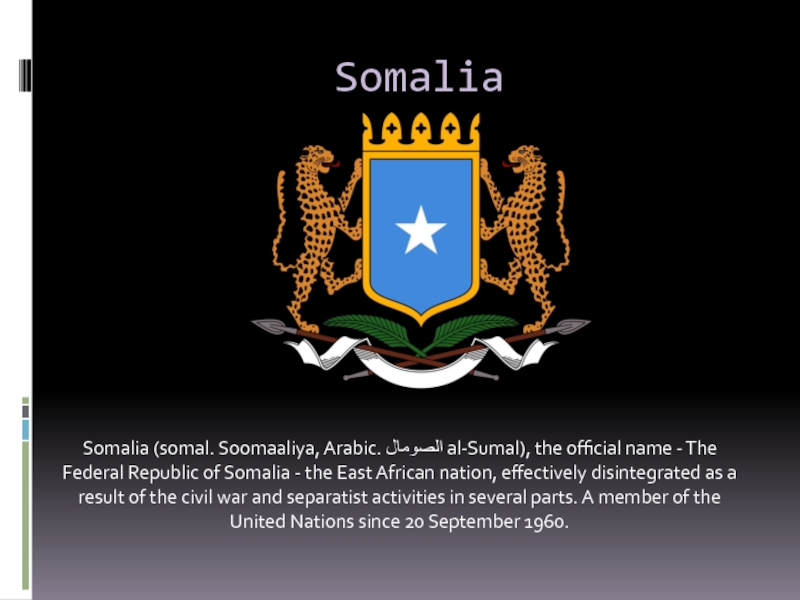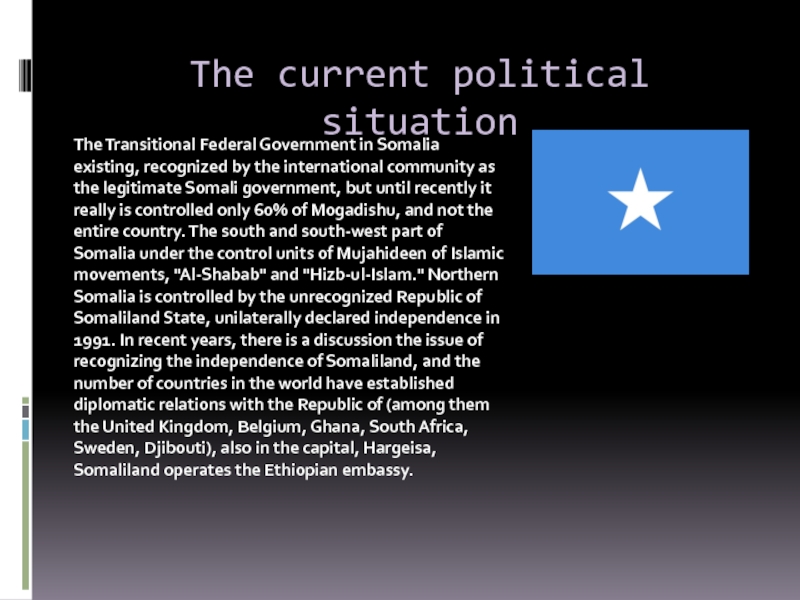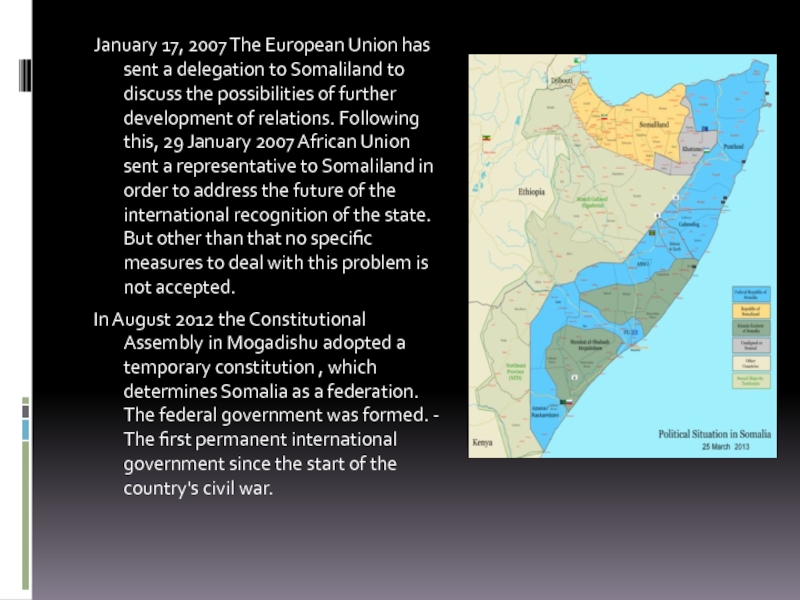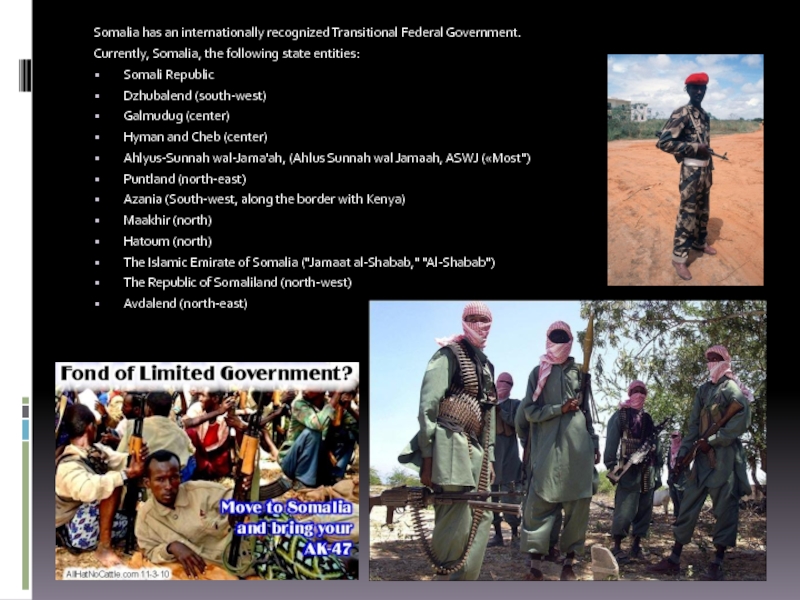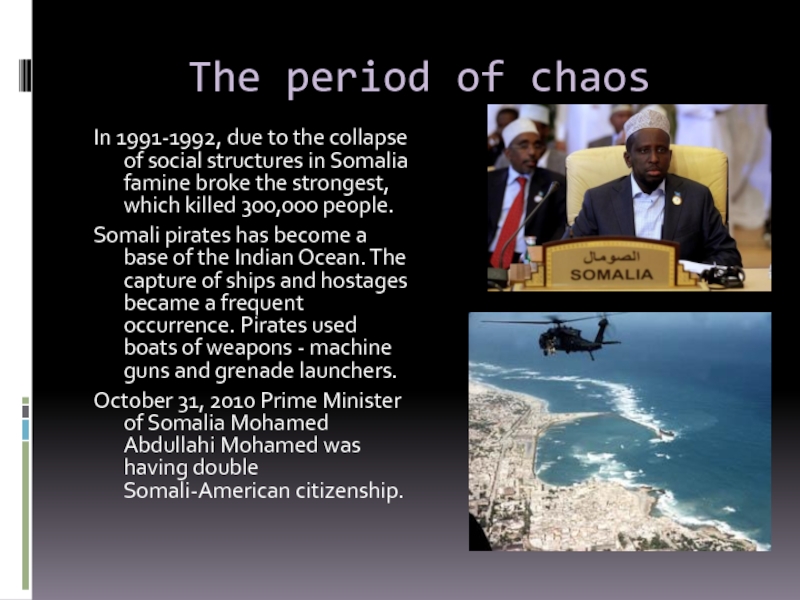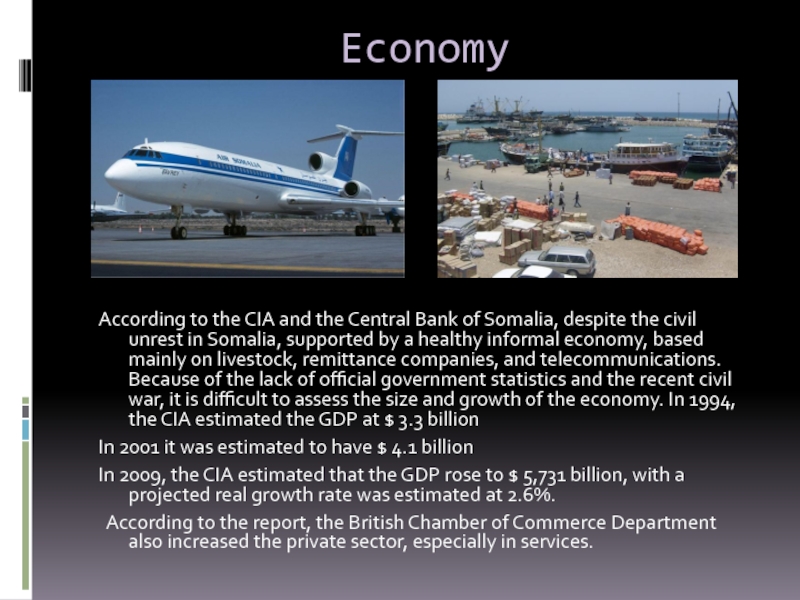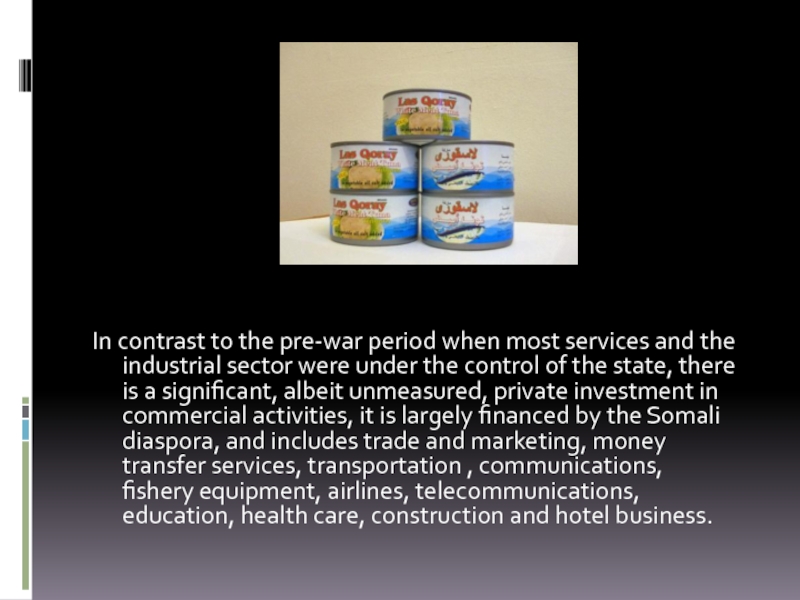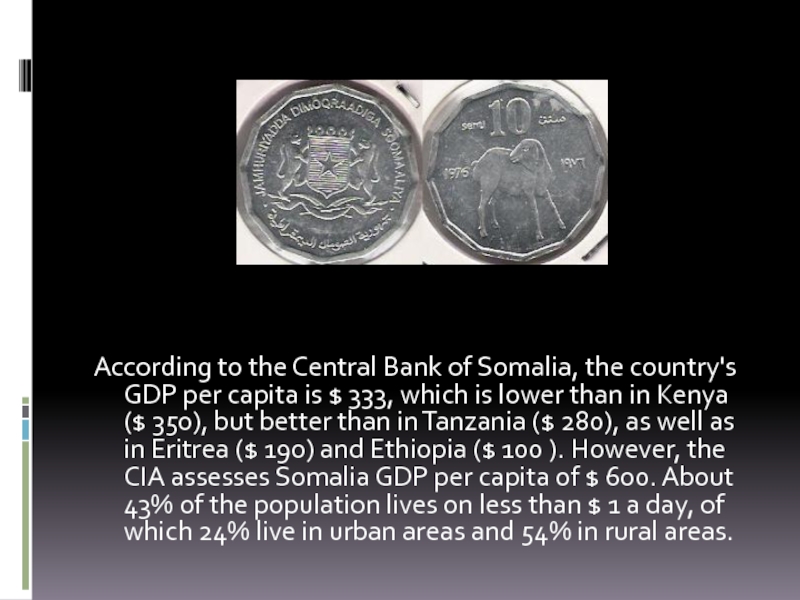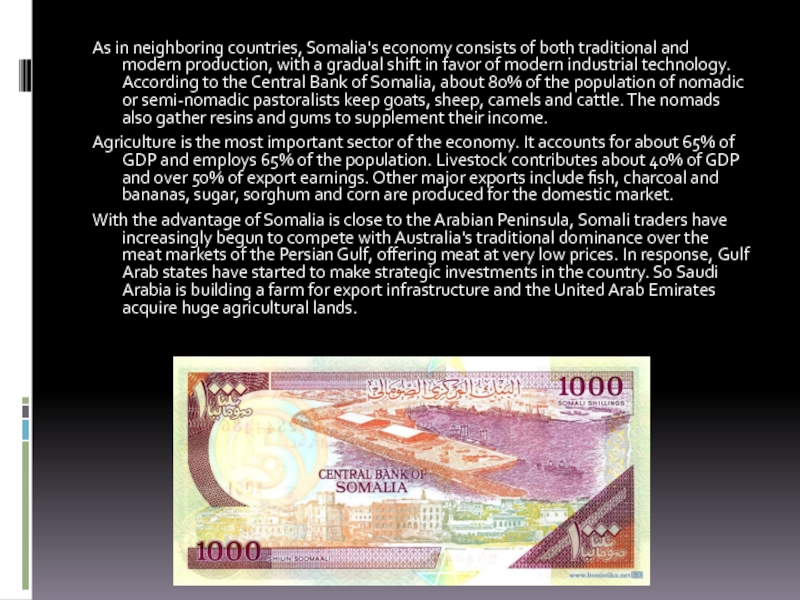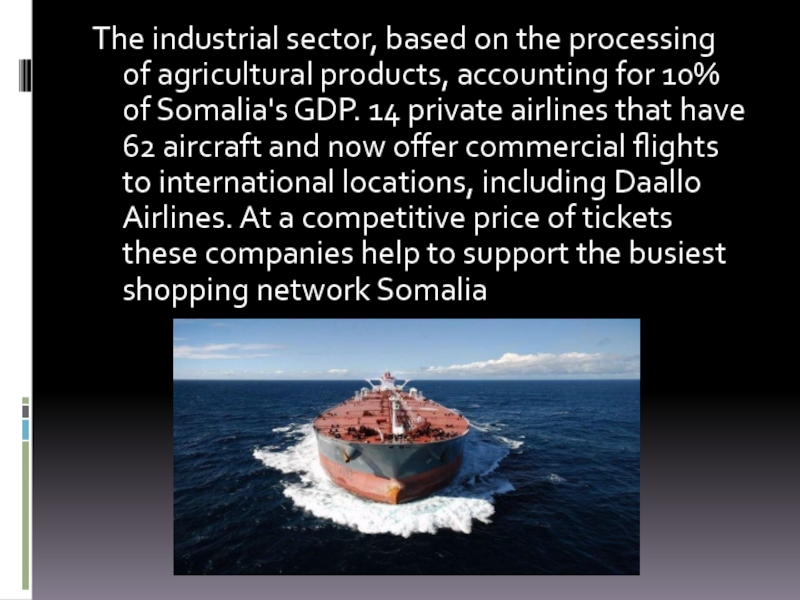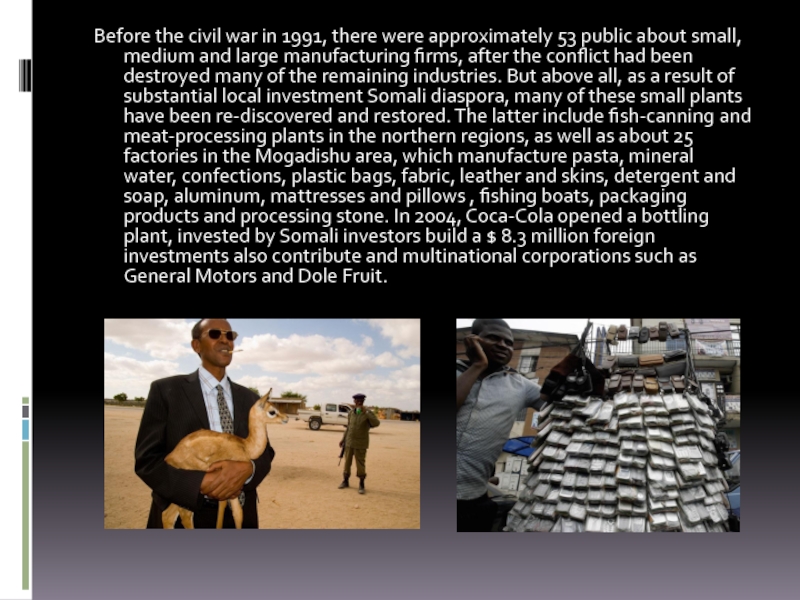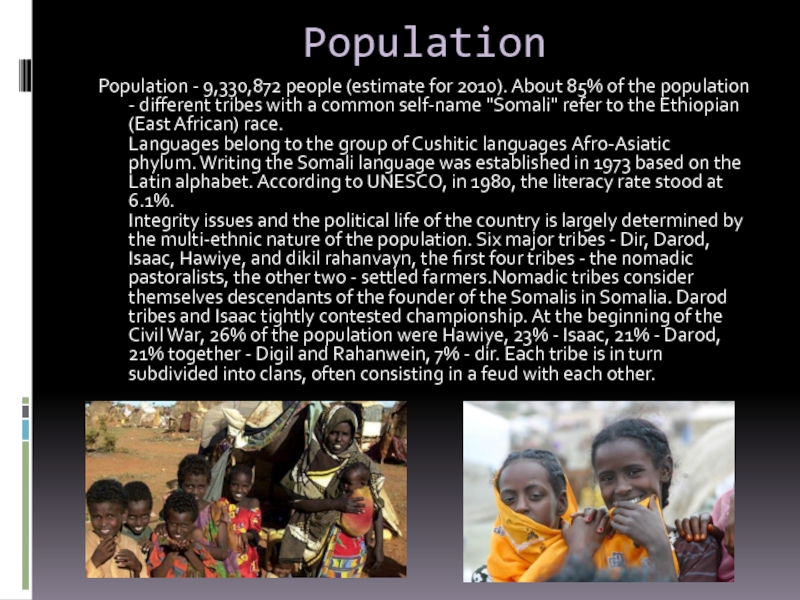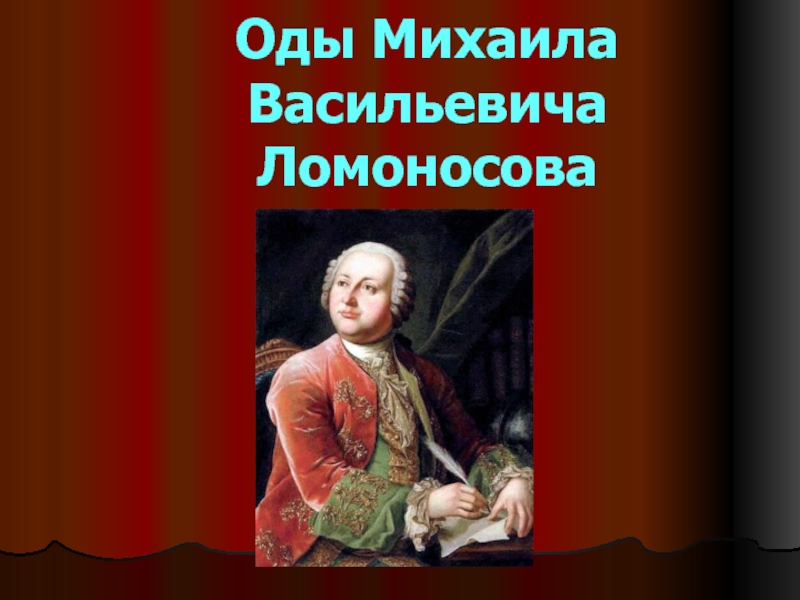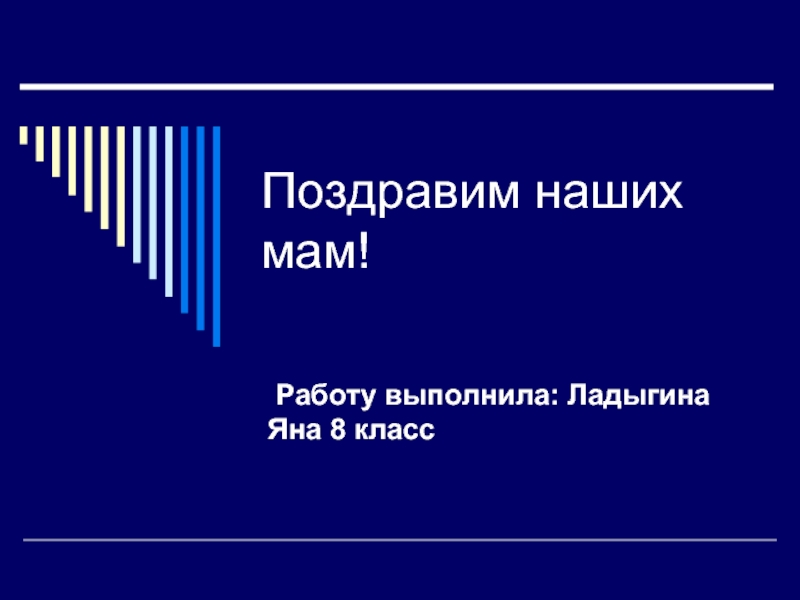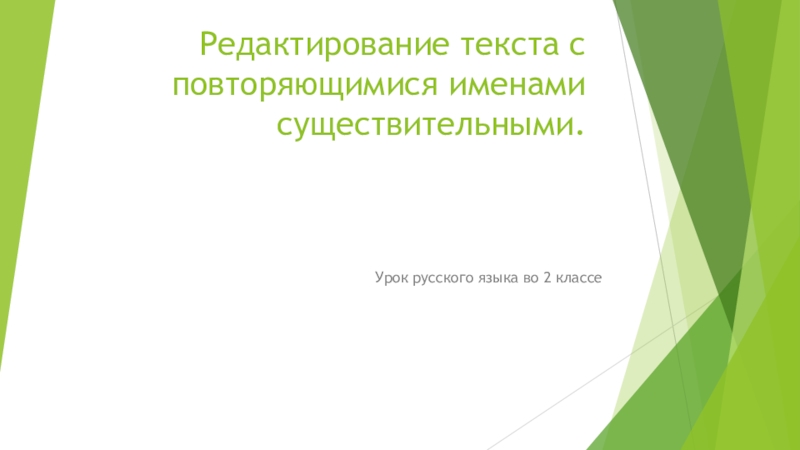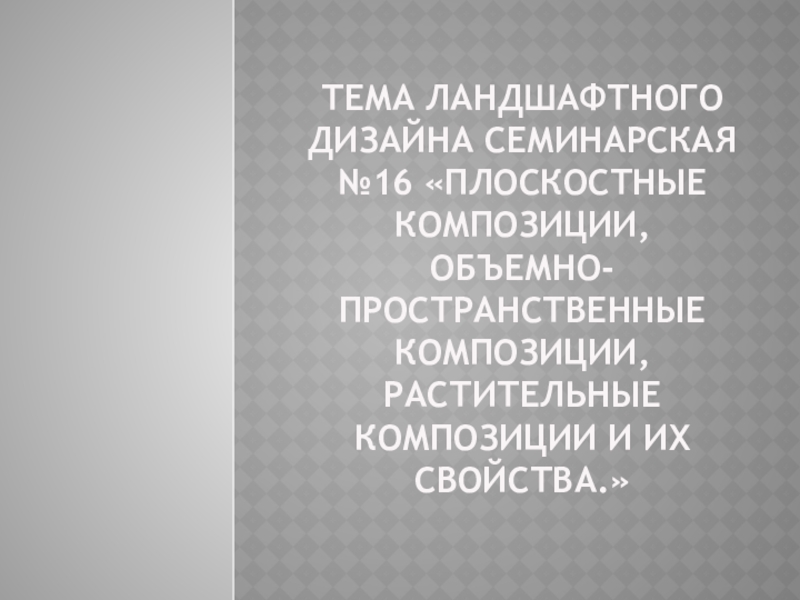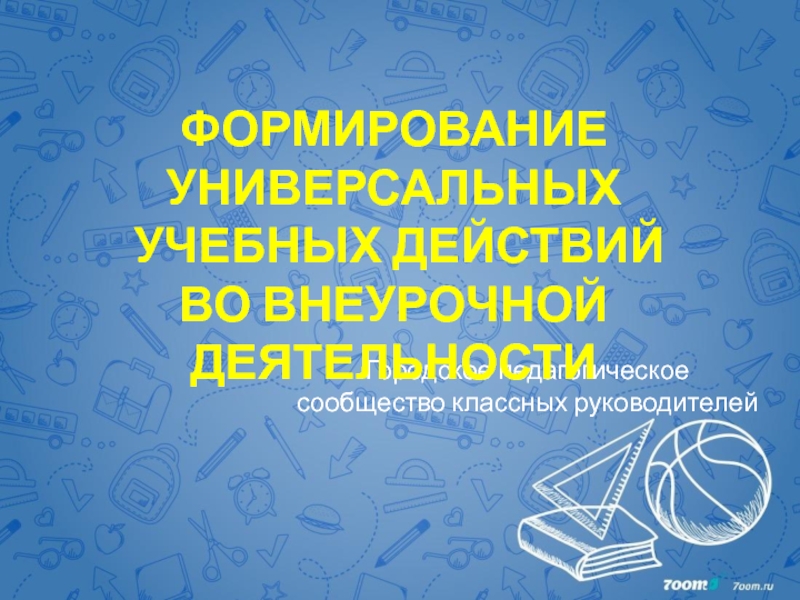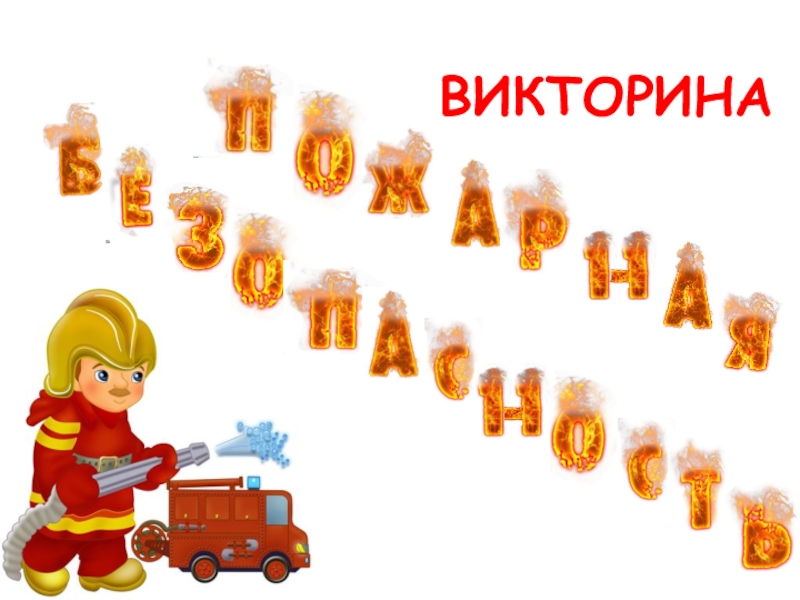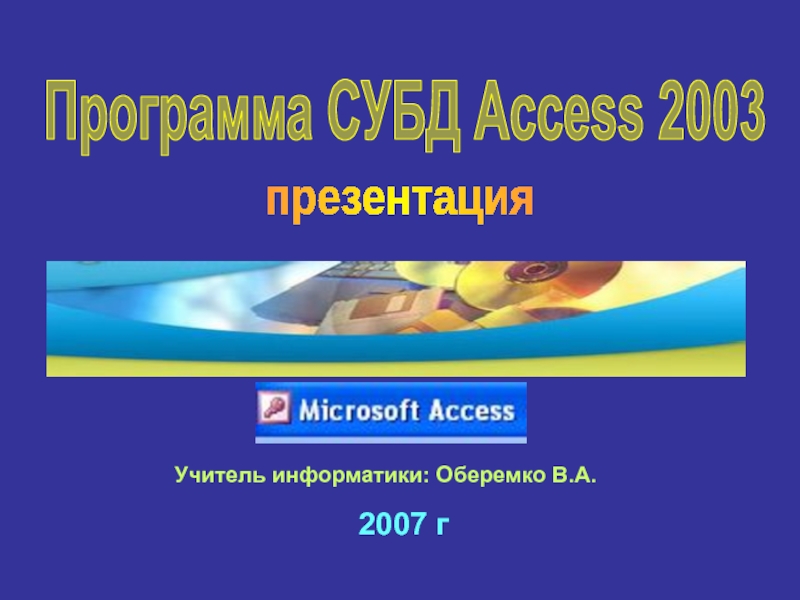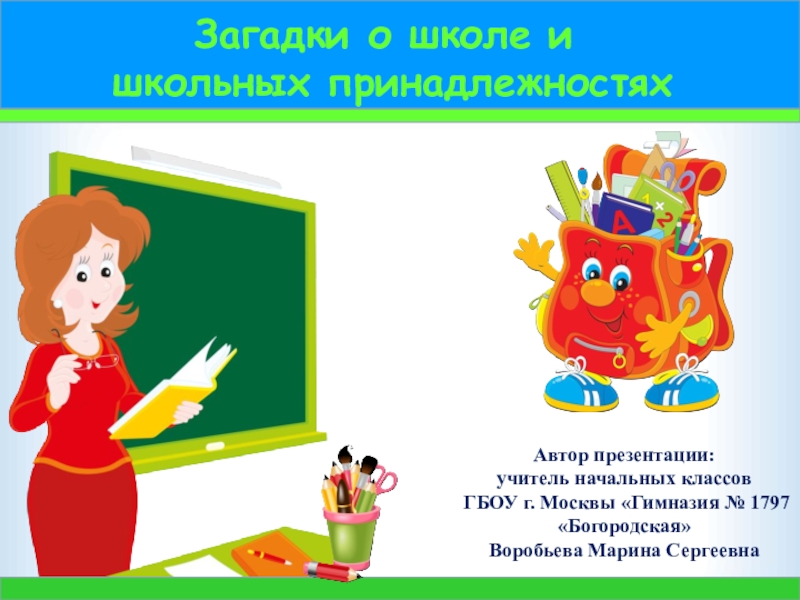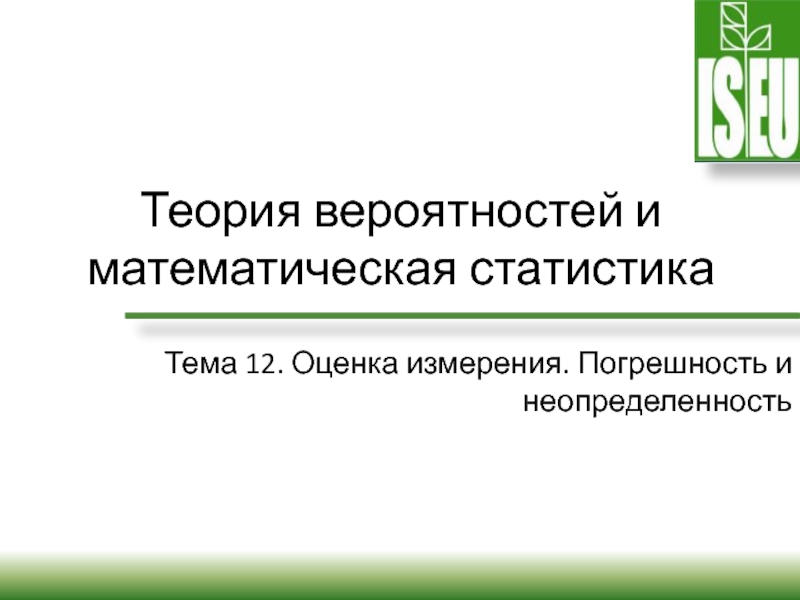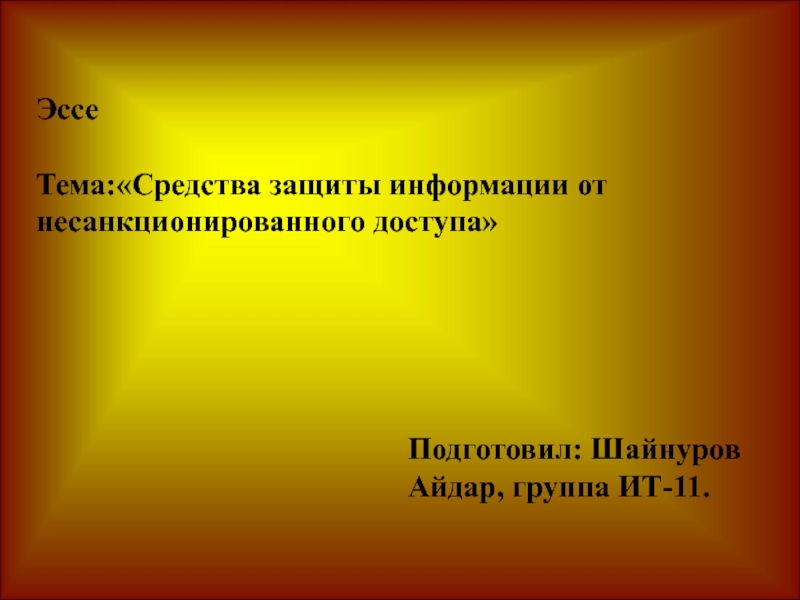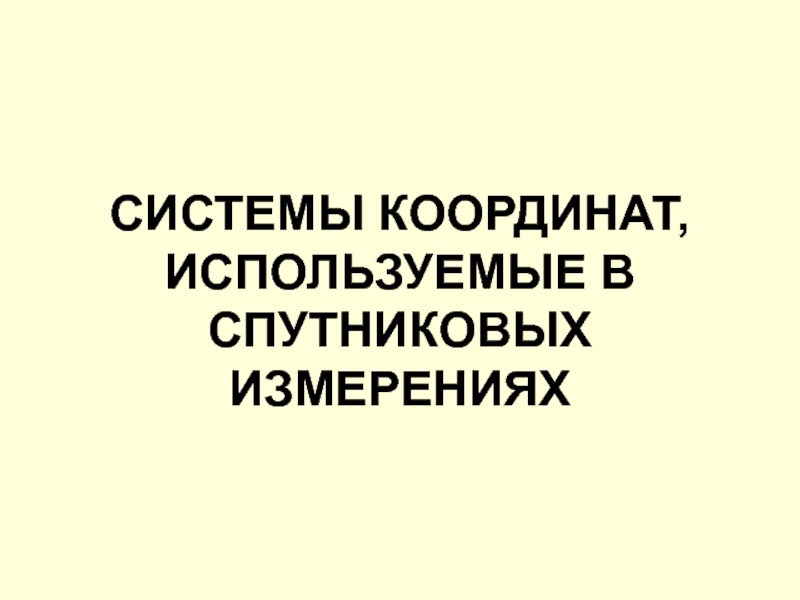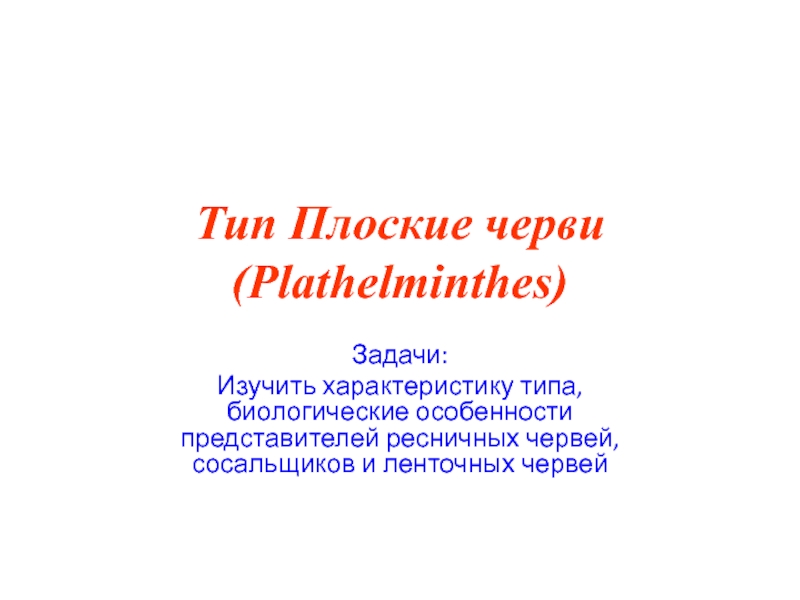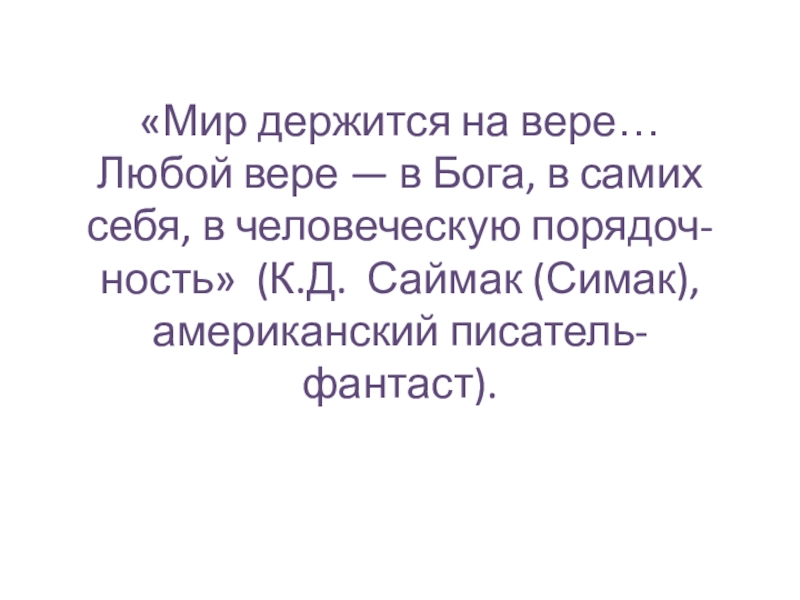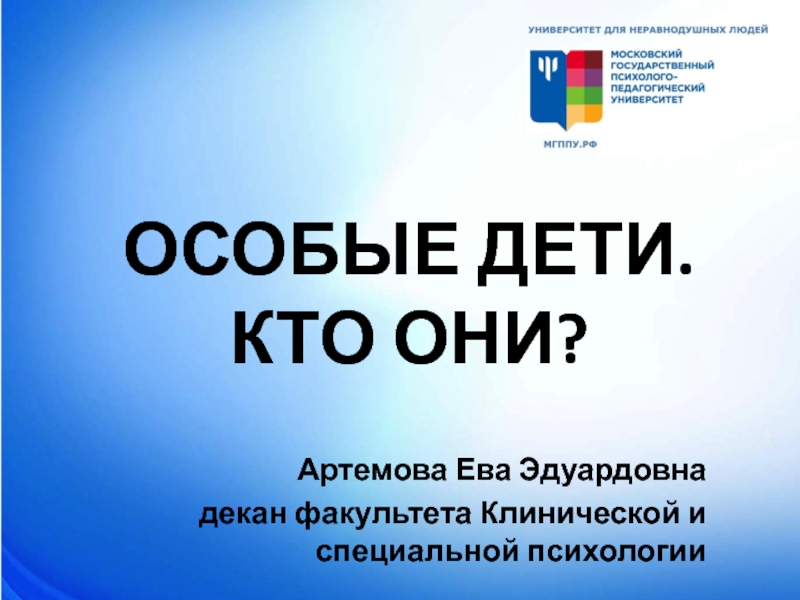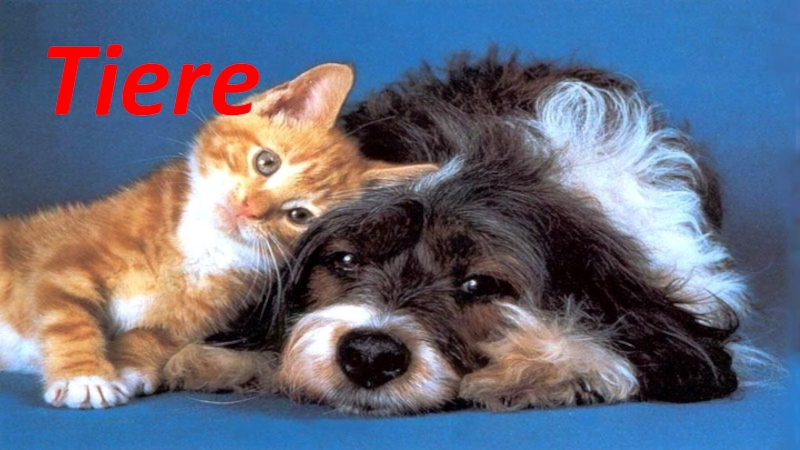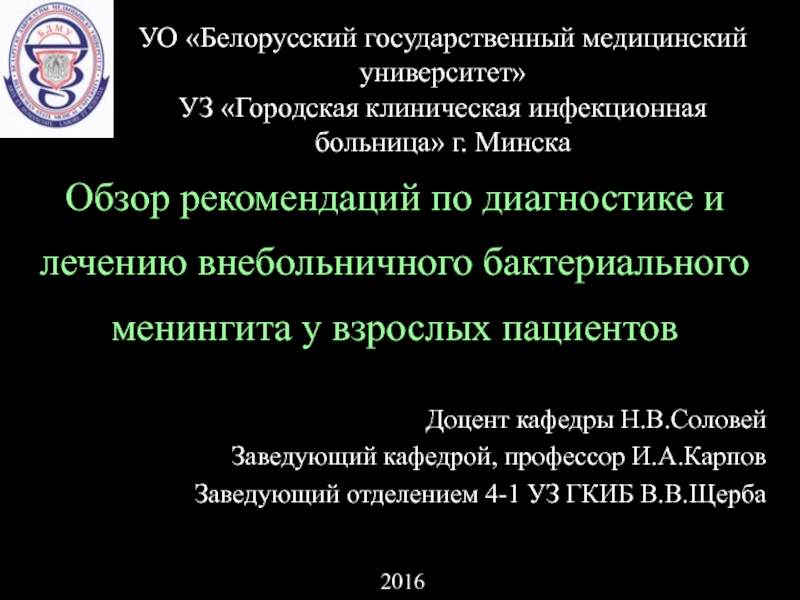Разделы презентаций
- Разное
- Английский язык
- Астрономия
- Алгебра
- Биология
- География
- Геометрия
- Детские презентации
- Информатика
- История
- Литература
- Математика
- Медицина
- Менеджмент
- Музыка
- МХК
- Немецкий язык
- ОБЖ
- Обществознание
- Окружающий мир
- Педагогика
- Русский язык
- Технология
- Физика
- Философия
- Химия
- Шаблоны, картинки для презентаций
- Экология
- Экономика
- Юриспруденция
Presentation on : Economics and Politics in Somalia
Содержание
- 1. Presentation on : Economics and Politics in Somalia
- 2. SomaliaSomalia (somal. Soomaaliya, Arabic. الصومال al-Sumal), the
- 3. The current political situationThe Transitional Federal Government
- 4. January 17, 2007 The European Union has
- 5. Somalia has an internationally recognized Transitional Federal
- 6. The period of chaosIn 1991-1992, due to
- 7. EconomyAccording to the CIA and the Central
- 8. In contrast to the pre-war period when
- 9. According to the Central Bank of Somalia,
- 10. As in neighboring countries, Somalia's economy consists
- 11. The industrial sector, based on the processing
- 12. Before the civil war in 1991, there
- 13. PopulationPopulation - 9,330,872 people (estimate for 2010). About
- 14. Скачать презентанцию
SomaliaSomalia (somal. Soomaaliya, Arabic. الصومال al-Sumal), the official name - The Federal Republic of Somalia - the East African nation, effectively disintegrated as a result of the civil war and separatist
Слайды и текст этой презентации
Слайд 1Presentation on :
Economics and Politics in Somalia
presentation prepared a first-year
student, Economics Department, Faculty of evening “management”
Слайд 2Somalia
Somalia (somal. Soomaaliya, Arabic. الصومال al-Sumal), the official name -
The Federal Republic of Somalia - the East African nation,
effectively disintegrated as a result of the civil war and separatist activities in several parts. A member of the United Nations since 20 September 1960.Слайд 3The current political situation
The Transitional Federal Government in Somalia existing,
recognized by the international community as the legitimate Somali government,
but until recently it really is controlled only 60% of Mogadishu, and not the entire country. The south and south-west part of Somalia under the control units of Mujahideen of Islamic movements, "Al-Shabab" and "Hizb-ul-Islam." Northern Somalia is controlled by the unrecognized Republic of Somaliland State, unilaterally declared independence in 1991. In recent years, there is a discussion the issue of recognizing the independence of Somaliland, and the number of countries in the world have established diplomatic relations with the Republic of (among them the United Kingdom, Belgium, Ghana, South Africa, Sweden, Djibouti), also in the capital, Hargeisa, Somaliland operates the Ethiopian embassy.Слайд 4January 17, 2007 The European Union has sent a delegation
to Somaliland to discuss the possibilities of further development of
relations. Following this, 29 January 2007 African Union sent a representative to Somaliland in order to address the future of the international recognition of the state. But other than that no specific measures to deal with this problem is not accepted.In August 2012 the Constitutional Assembly in Mogadishu adopted a temporary constitution , which determines Somalia as a federation. The federal government was formed. - The first permanent international government since the start of the country's civil war.
Слайд 5Somalia has an internationally recognized Transitional Federal Government.
Currently, Somalia, the
following state entities:
Somali Republic
Dzhubalend (south-west)
Galmudug (center)
Hyman and Cheb (center)
Ahlyus-Sunnah wal-Jama'ah,
(Ahlus Sunnah wal Jamaah, ASWJ («Most")Puntland (north-east)
Azania (South-west, along the border with Kenya)
Maakhir (north)
Hatoum (north)
The Islamic Emirate of Somalia ("Jamaat al-Shabab," "Al-Shabab")
The Republic of Somaliland (north-west)
Avdalend (north-east)
Слайд 6The period of chaos
In 1991-1992, due to the collapse of
social structures in Somalia famine broke the strongest, which killed
300,000 people.Somali pirates has become a base of the Indian Ocean. The capture of ships and hostages became a frequent occurrence. Pirates used boats of weapons - machine guns and grenade launchers.
October 31, 2010 Prime Minister of Somalia Mohamed Abdullahi Mohamed was having double Somali-American citizenship.
Слайд 7Economy
According to the CIA and the Central Bank of Somalia,
despite the civil unrest in Somalia, supported by a healthy
informal economy, based mainly on livestock, remittance companies, and telecommunications. Because of the lack of official government statistics and the recent civil war, it is difficult to assess the size and growth of the economy. In 1994, the CIA estimated the GDP at $ 3.3 billionIn 2001 it was estimated to have $ 4.1 billion
In 2009, the CIA estimated that the GDP rose to $ 5,731 billion, with a projected real growth rate was estimated at 2.6%.
According to the report, the British Chamber of Commerce Department also increased the private sector, especially in services.
Слайд 8In contrast to the pre-war period when most services and
the industrial sector were under the control of the state,
there is a significant, albeit unmeasured, private investment in commercial activities, it is largely financed by the Somali diaspora, and includes trade and marketing, money transfer services, transportation , communications, fishery equipment, airlines, telecommunications, education, health care, construction and hotel business.Слайд 9According to the Central Bank of Somalia, the country's GDP
per capita is $ 333, which is lower than in
Kenya ($ 350), but better than in Tanzania ($ 280), as well as in Eritrea ($ 190) and Ethiopia ($ 100 ). However, the CIA assesses Somalia GDP per capita of $ 600. About 43% of the population lives on less than $ 1 a day, of which 24% live in urban areas and 54% in rural areas.Слайд 10As in neighboring countries, Somalia's economy consists of both traditional
and modern production, with a gradual shift in favor of
modern industrial technology. According to the Central Bank of Somalia, about 80% of the population of nomadic or semi-nomadic pastoralists keep goats, sheep, camels and cattle. The nomads also gather resins and gums to supplement their income.Agriculture is the most important sector of the economy. It accounts for about 65% of GDP and employs 65% of the population. Livestock contributes about 40% of GDP and over 50% of export earnings. Other major exports include fish, charcoal and bananas, sugar, sorghum and corn are produced for the domestic market.
With the advantage of Somalia is close to the Arabian Peninsula, Somali traders have increasingly begun to compete with Australia's traditional dominance over the meat markets of the Persian Gulf, offering meat at very low prices. In response, Gulf Arab states have started to make strategic investments in the country. So Saudi Arabia is building a farm for export infrastructure and the United Arab Emirates acquire huge agricultural lands.
